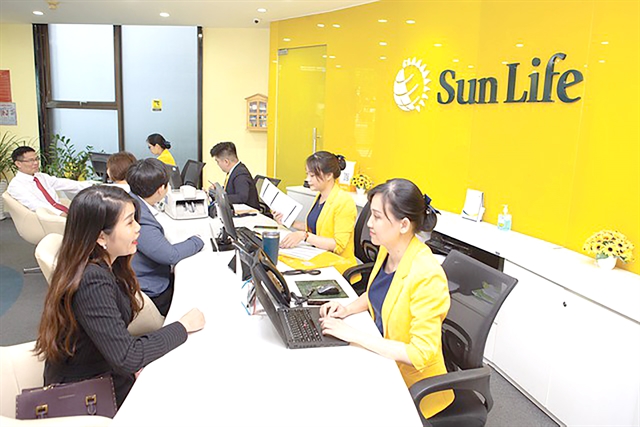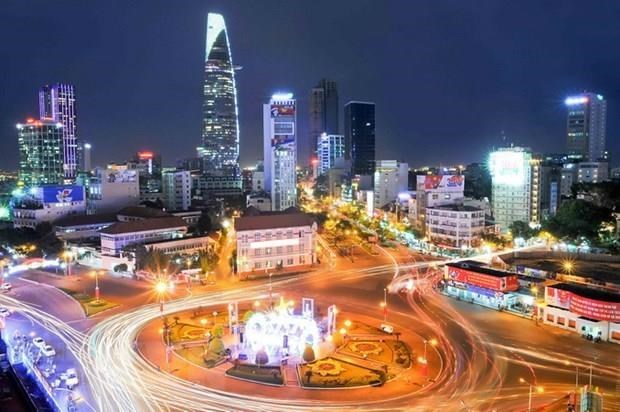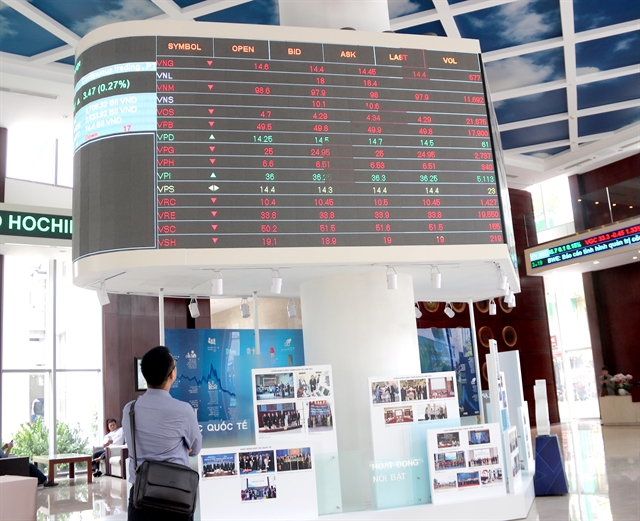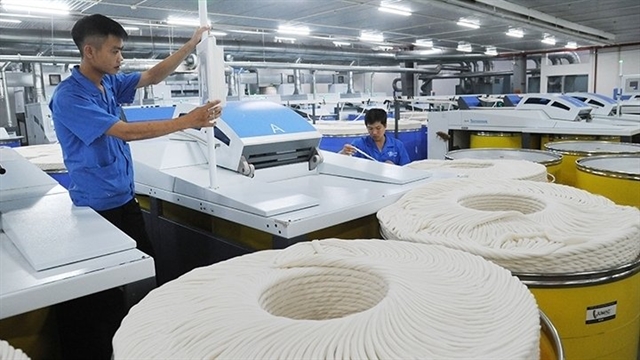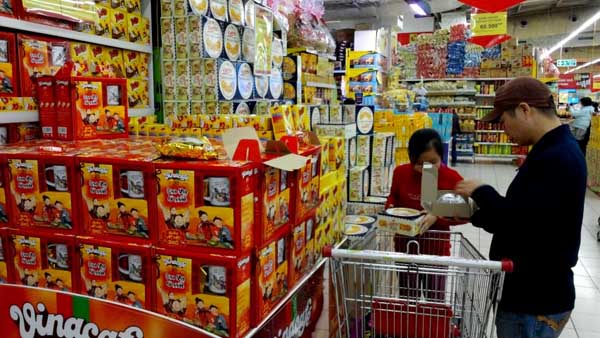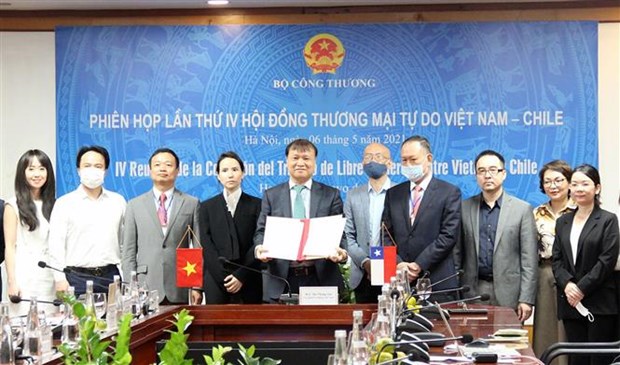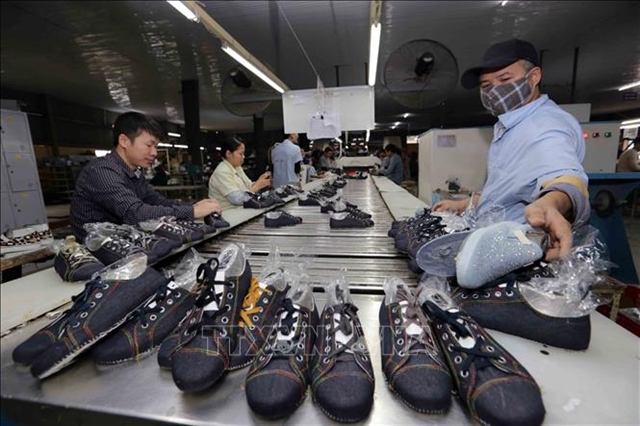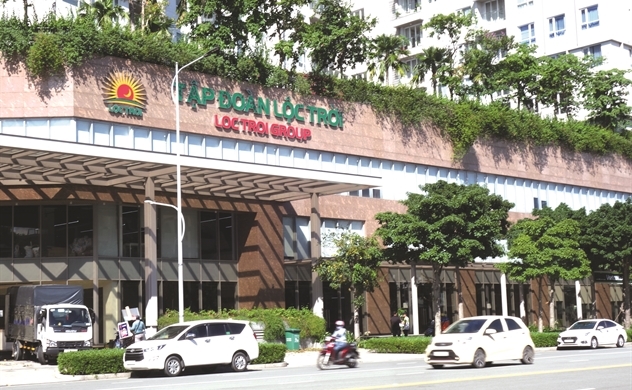
HÀ NỘI — In the first quarter, Lộc Trời Group’s net revenue jumped by over VNĐ1.66 trillion with businesses of crop protection products contributing the most to the gain.
According to Lộc Trời, its revenue rose 223.4 per cent year-on-year to nearly VNĐ2.43 trillion.
Of which, the crop protection segment accounted for 64.8 per cent of total revenue, which was VNĐ1.57 trillion. Followed by the food sector, which accounted for nearly 25 per cent of total revenue, worth over VNĐ604.9 billion.
Therefore, its net revenue climbed 227.1 per cent to nearly VNĐ2.4 trillion.
The company’s profit after tax was VNĐ183.64 billion during the period, while it recorded a loss of over VNĐ36.96 billion in the first quarter of 2020.
Even though its expenses increased, they couldn’t surpass the big gains in revenue.
Of which, its general and administrative expenses rose 7.8 per cent to VNĐ72 billion, and sales expenses were up nearly 93 per cent to over VNĐ190.7 billion, mostly due to the increase in expenses for promotion.
By the end of 2020, the agricultural company has three major shareholders, including Marina Viet Pte, the People's Committee of An Giang Province and Augusta Viet Pte with ownership of 25.21 per cent, 24.15 per cent and 5.71 per cent, respectively.
Huỳnh Văn Thòn, Chairman of the Board of Directors of Lộc Trời, holds 27.3 per cent of total shares.
2020 was considered to be the year of completing the process of comprehensive restructuring of Lộc Trời. The Board of Directors aims to become an agricultural service company and invests in the comprehensive development for providing agricultural services.
Last year, the company’s net revenue fell 9.67 per cent compared to 2019 due to the impact of the COVID-19 pandemic in the first quarter. However, it still witnessed a gain of 10 per cent in profit after tax to VNĐ368.7 billion on a reduction in production costs. — VNS
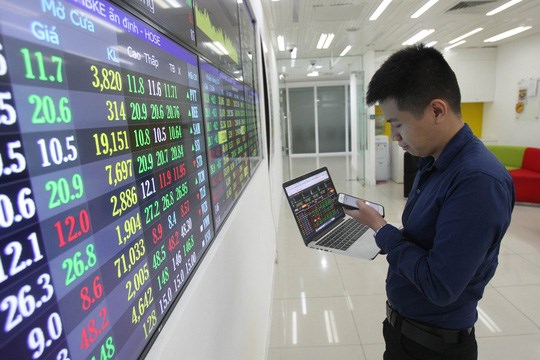

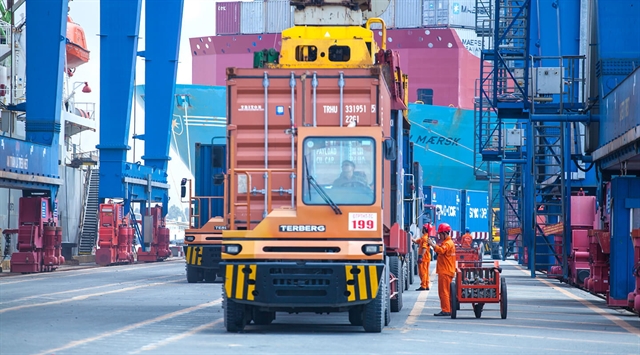





 (2).jpg)

